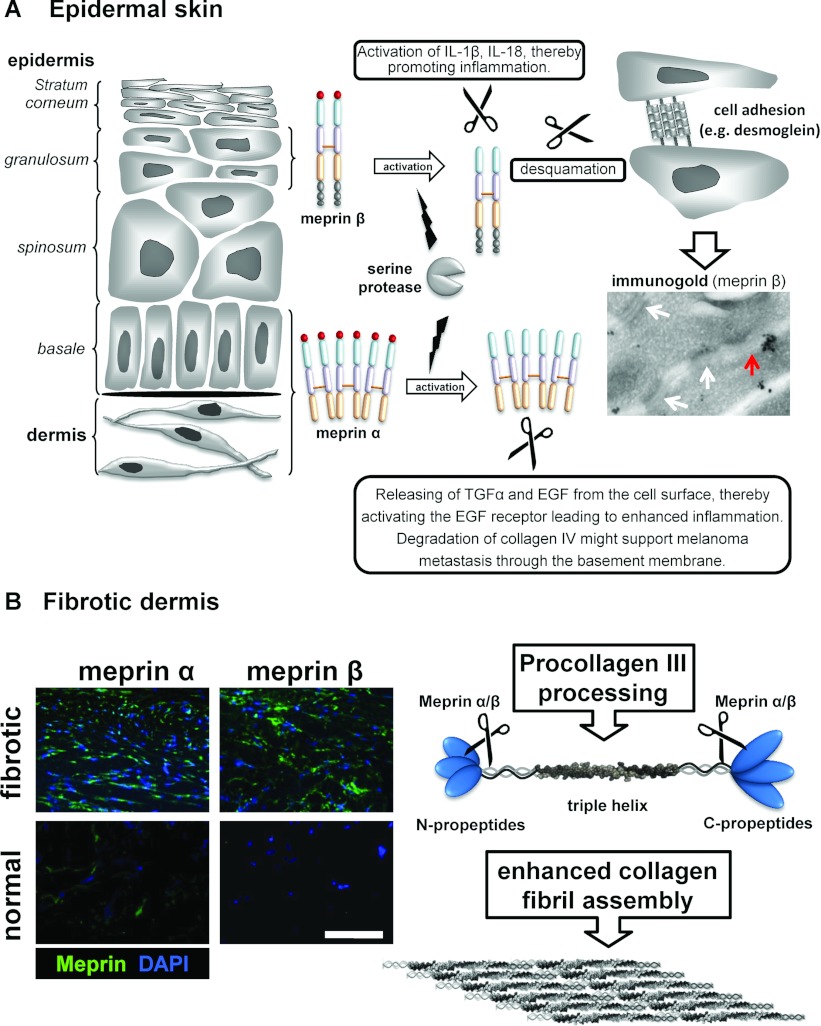Figure 5. Activity of human meprin α and meprin β in skin homoeostasis and fibrosis.
(A) Meprin α and meprin β are expressed in separate layers of human epidermis, in the stratum basale and the stratum granulosum respectively. Meprin β was shown to be involved in terminal differentiation of keratinocytes, whereas meprin α promotes cell proliferation by activating the EGFR. A proteomics screen identified desmogleins as substrates of meprin β [37], adhesion molecules that are cleaved during desquamation. Immunogold staining of human epidermis revealed co-localization of meprin β (black dots) and desmoglein-containing desmosomes (white arrows). The red arrow indicates possible degradation of desmosomal proteins by meprin β. (B) In the dermis both meprins are overexpressed in fibroblasts of fibrotic skin, as demonstrated by immunofluorescence microscopy [26]. Here, meprins might contribute to the increased formation of fibrillar collagen. In vitro it was shown that meprins can cleave off the N- and C-propeptides of procollagen III, thereby releasing mature triple helical collagen. Further studies are required to validate this observation in vivo. DAPI, 4′,6-diamidino-2-phenylindole.

